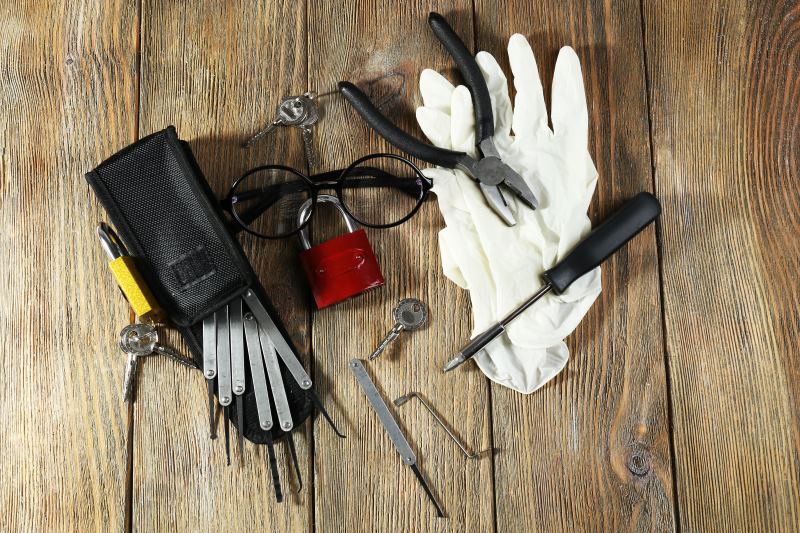Compared to a standard deadbolt lock, a jimmy-proof lock gives a door more security from a forced-entry effort. Sometimes referred to as a “Segal lock” or a “slam lock,” they operate much like a deadbolt does, using a key with an internal level in many instances, making it easy for homeowners to use the lock.
Knowing how to replace a jimmy-proof lock means working with your door and frame. It will also depend on whether there is an armored cover for the rim cylinder on the lock and what the length of installation screws are for the original lock.
Here is what you’ll need to do so the job gets done right.
You’ll Need to Remove the Strike First
Jimmy-proof locks operate with a mounted locking mechanism and a mounted strike. Then there is a bolt which will ascend or descend through two or three rings on the strike. Because the lock has two sides of security, it tends to provide a greater level of holding power when excessive force is being applied to the door itself.
Removing the strike first is usually the easiest part of the job. It will usually be held in place with 2- or 3-inch screws. Simply remove the screws and you’ll be able to remove this portion of the lock.
You’ll then need to remove the older locking mechanism. Most jimmy-proof locks are mounted using small screws, with a steel backplate helping to hold the cylinder in place. First remove the lock case that is over the backplate. Then you’ll need to remove the connecting screws from the backplate. At that point, you’ll be able to access the cylinder so it can be removed.

Installing the New Jimmy-Proof Lock
The issue that you’ll run into when replacing the jimmy-proof lock is making sure that the new lock requires the same diameter hole through the door as the previous lock. You’ll then need to make sure that your tailpiece is cut to the appropriate length on the new lock, based on whether you’re using a single cylinder or a double cylinder lock.
Then just follow the removal steps in reverse. After setting the length of the tailpiece, you’ll be able to install it and then slip the cylinder collar over it. From there, you can position the backplate, install the shutter guard, and ensure that your tailpiece goes into the hole that’s on the back of the lock.
You’ll want to hold the lock in place, operating from both the inside and the outside to make sure it is operating as intended.
At this point, you’re ready to attach the deadbolt to the inside of the door using the mounting holes that are around the cylinder placement. You should be able to set the lock strike in place and in the locked position at this point. Align the strike so that there is no interference. On new jimmy-proof locks, it may be necessary to shim the door frame or mortise it out for the correct alignment.
If you prefer, the locksmiths at Panda Locksmith can also install your new jimmy-proof lock so you don’t need to worry about these steps. If you happen to be converting to a new lock from a jimmy-proof lock, then call us today to discuss what options may be available to you so that your home safety can be maximized.
